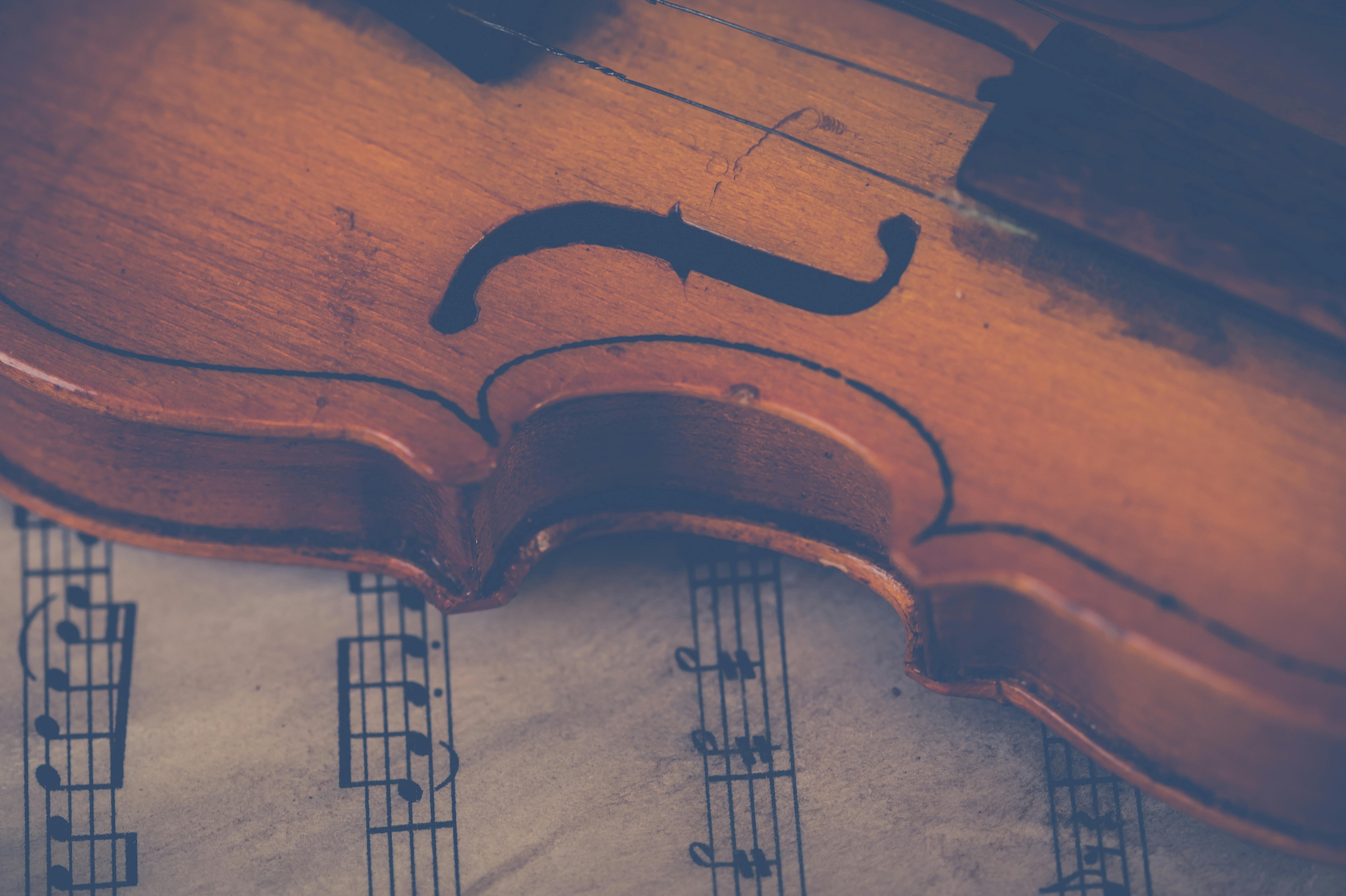Bridging the Gap: Classical Music in Modern Film Soundtracks
Introduction: Classical music in modern film soundtracks is a fascinatingly underexplored facet of the entertainment industry. The fusion of high art with popular culture has led to an intriguing dialogue between the two, reshaping our understanding of both sectors.

Classical Music: A Historical Backdrop
Classical music, with roots deep in the Western art music tradition, has been a significant cultural presence for centuries. Since the Middle Ages, it has evolved through different periods, including Renaissance, Baroque, Classical, Romantic, and Contemporary. This rich historical tapestry has been skillfully woven into the fabric of modern film soundtracks, lending them a depth and resonance that is uniquely captivating.
Current Trends: Classical Music in Modern Cinema
Today, classical music is experiencing a fascinating resurgence in film. More and more, filmmakers are incorporating classical pieces into their soundtracks, using these timeless compositions to amplify emotion, set a scene, or underscore a narrative theme. A recent example is the Oscar-winning film “The Shape of Water,” which used an orchestral score inspired by the romantic era, or the “Black Swan” that extensively utilized Tchaikovsky’s “Swan Lake.”
Impact and Significance: When High Art Meets Pop Culture
The inclusion of classical music in modern film soundtracks has a two-fold impact. On one hand, it introduces a new generation to the grandeur of classical music, making it accessible in a contemporary context. On the other, it adds an additional layer of depth and sophistication to films, enhancing their emotional impact. The result is a unique symbiosis that enriches both art forms.
Reception: A Fresh Perspective on Classical Music
The reception to this trend has been overwhelmingly positive. Classical music, often perceived as elitist or inaccessible, is reaching a wider audience through its integration into popular cinema. Simultaneously, film critics and audiences have noted the added depth and emotional resonance that these classical pieces bring to films, often garnering soundtracks critical acclaim in their own right.
The Future: A Harmonious Blend of Old and New
The fusion of classical music and modern film soundtracks is a trend likely to continue well into the future. As filmmakers increasingly recognize the power of classical music to enhance their narratives, and as audiences develop a new appreciation for these timeless compositions, the boundaries between high art and popular culture will continue to blur.
In conclusion, the incorporation of classical music into modern film soundtracks is a fascinating trend within the entertainment industry, bridging the gap between high art and popular culture. As this trend continues, it promises to reshape our understanding of both classical music and film, offering a fresh, unique, and deeply resonant perspective on these art forms.




